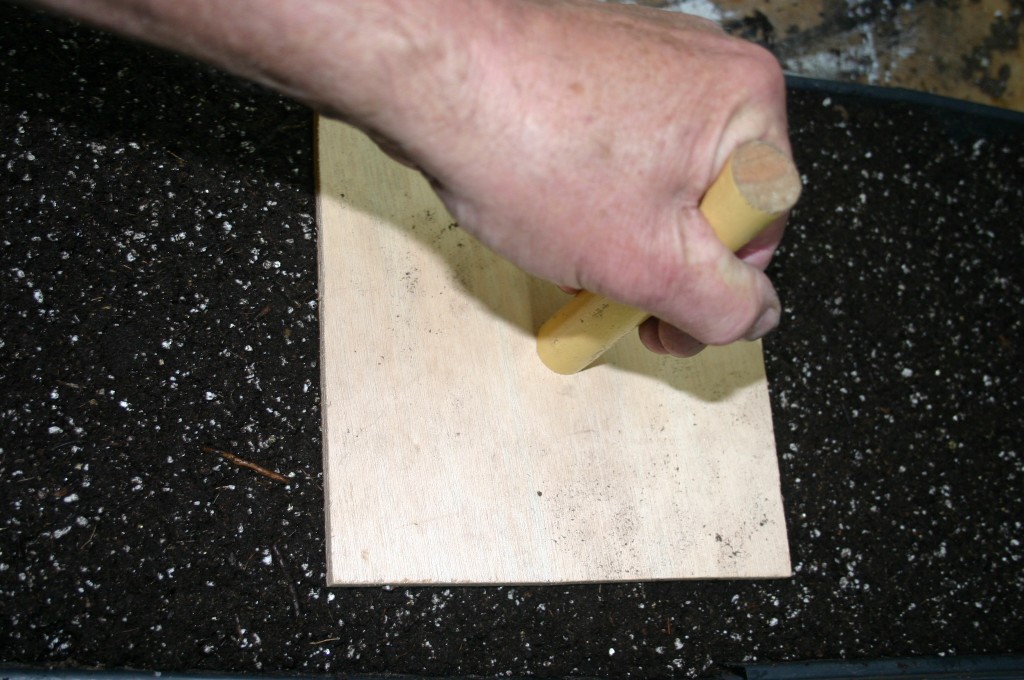Have you ever tried to use a full-length broom in your greenhouse? I have and almost broke a window. I also tried using a full-sized hoe in one of my greenhouse beds only to knock plant pots off the shelf behind me. After these experiences and a few more too embarrassing to mention, I decided that I needed tools that were better designed for use in a greenhouse.
Some tools can be modified to make them suitable for working in a greenhouse’s confined space. For instance, I cut the handle of my greenhouse broom down to about three feet in length, and I did the same with the handles of my greenhouse rake and hoe. Yes, I have to bend over a little when working on the raised beds when using these tools, but I haven’t broken or knocked anything over in a while.
raised beds when using these tools, but I haven’t broken or knocked anything over in a while.
A few of my greenhouse tools I’ve made from scratch. For instance, I’ve made tampers of different sizes to fit different sized pots. Each is used to tamp down and smooth out the surface of the soil before planting seeds in it. My most often used tampers are made for 3” and 4” square pots. They’re simply pieces of plywood cut to size with a handle screwed onto the back. If you have trouble cutting plywood in a circle for round pots, you can use the lid from a can or jar instead.
 The rest of my greenhouse tools have been purchased readymade from manufacturers that understand the needs of greenhouse gardeners. The very best in my opinion are English-made, stainless-steel ones by Burgon and Ball. They’re extremely well-suited for an English-made Hartley greenhouse!
The rest of my greenhouse tools have been purchased readymade from manufacturers that understand the needs of greenhouse gardeners. The very best in my opinion are English-made, stainless-steel ones by Burgon and Ball. They’re extremely well-suited for an English-made Hartley greenhouse!
As for which tools I find most useful, here’s a brief list:
- Like most greenhouse gardeners I often use a trowel. I have one with a serrated edge, which is handy for digging pot bound root balls from pots, and another trowel with a very strong handle that resists bending.
- I use cone-shaped devices called dibbers to make holes in soil, into which I can put a seed, a bulb, or a root ball. Depending on the size of what I want to plant, I choose from two or three dibbers of different sizes.
- I generally use a compost scoop to put potting soil or compost into pots. (This scoop is also the perfect size to put birdseed into feeders.)
- Although it’s not what most people think of as a greenhouse tool, a window squeegee and sponge are indispensable for keeping greenhouse glass clean. If you don’t regularly clean the glass in your greenhouse, it will get green algae on it, which stops light from reaching your plants.


